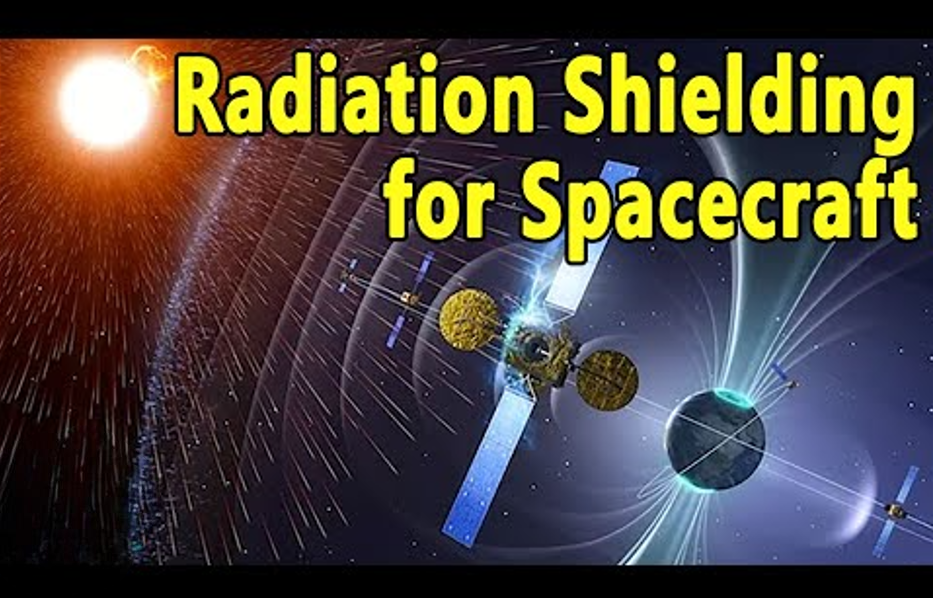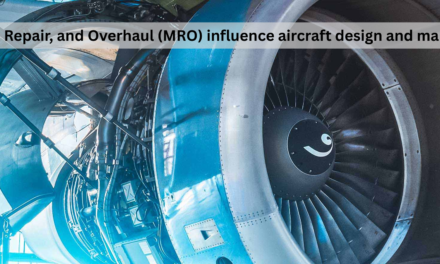Radiation shielding technologies are essential for protecting astronauts and equipment in space from harmful ionizing radiation, which includes solar radiation, cosmic rays, and secondary radiation produced by interactions with spacecraft materials. Effective shielding reduces radiation exposure to ensure mission success and the safety of both humans and technology.
Sources of Space Radiation
- Solar Radiation:
- Comprises solar energetic particles (protons and heavier ions) emitted during solar flares and coronal mass ejections.
- Galactic Cosmic Rays (GCRs):
- High-energy particles, primarily protons and heavy ions, originating outside our solar system.
- Van Allen Belts:
- Regions of trapped charged particles around Earth, hazardous to spacecraft passing through them.
- Secondary Radiation:
- Created when primary radiation interacts with spacecraft materials, producing neutrons, gamma rays, and other particles.
Radiation Shielding Technologies
1. Material-Based Shielding
- High-Density Materials:
- Materials like aluminum, lead, or tantalum are effective against gamma rays and X-rays but add significant weight to spacecraft.
- Hydrogen-Rich Materials:
- Plastics (e.g., polyethylene) and other hydrogen-rich materials are effective at reducing neutron radiation and stopping charged particles.
- Water Shielding:
- Water can absorb radiation and is dual-purpose, also serving as a consumable resource.
- Regolith and Soil:
- In planetary habitats, local materials (e.g., lunar regolith or Martian soil) can be used as natural radiation barriers.
2. Active Shielding Technologies
- Electromagnetic Shields:
- Use magnetic or electric fields to deflect charged particles. These mimic Earth’s magnetosphere, providing a protective bubble around spacecraft.
- Plasma Shields:
- Create a charged plasma field to repel incoming charged particles.
3. Multi-Layered Shielding
- Whipple Shields:
- Designed to protect against micrometeoroids and space debris, these can also reduce radiation by dispersing particle energy.
- Graded-Z Shields:
- Combine layers of materials with different atomic numbers to optimize absorption and dispersion of radiation.
4. Biological Shielding for Astronauts
- Radiation-Safe Zones:
- Specialized areas within spacecraft with enhanced shielding for astronauts during solar storms.
- Wearable Radiation Vests:
- Personal protective gear like the AstroRad vest, made from hydrogen-rich materials, shields vital organs.
- Pharmaceutical Countermeasures:
- Medications such as radioprotective agents and antioxidants are being developed to mitigate radiation damage at the cellular level.
5. Advanced Materials
- Carbon Nanotubes and Graphene:
- Lightweight, strong, and effective for radiation shielding, particularly against high-energy particles.
- Borated Polymers:
- Polymers infused with boron to absorb neutrons effectively.
- Self-Healing Materials:
- Materials that repair radiation-induced damage, maintaining structural integrity over long durations.
6. Spacecraft Design Innovations
- Optimized Structures:
- Strategic placement of fuel tanks, water containers, and equipment around living areas to provide additional shielding.
- Radiation Sensors:
- Integrated systems monitor radiation levels and trigger protective measures when thresholds are exceeded.
Radiation Shielding in Specific Scenarios
1. Low Earth Orbit (LEO) Missions
- Shielding Focus: Primarily protects against solar radiation and trapped particles in the Van Allen belts.
- Examples: The International Space Station (ISS) uses aluminum and polyethylene shielding.
2. Deep Space Missions
- Shielding Challenges: Higher exposure to GCRs and solar radiation without Earth’s magnetic field.
- Examples: NASA’s Orion spacecraft incorporates advanced shielding materials to protect astronauts.
3. Planetary Habitats
- Natural Shielding: Habitats on the Moon or Mars can be covered with regolith or buried underground.
- Inflatable Modules: Hydrogen-rich inflatable habitats like Bigelow Aerospace’s prototypes offer lightweight radiation protection.
Limitations and Challenges
- Weight Constraints:
- Adding heavy shielding increases launch costs and limits payload capacity.
- Comprehensive Protection:
- No single material or technology fully protects against all types of space radiation, particularly GCRs.
- Long-Term Durability:
- Prolonged exposure to radiation degrades materials over time.
- Cost and Complexity:
- Developing and implementing advanced shielding technologies can be expensive.
Future Directions
- Hybrid Shielding Systems:
- Combining passive (materials) and active (magnetic fields) shielding for enhanced protection.
- Artificial Magnetospheres:
- Creating large-scale electromagnetic fields around spacecraft.
- In-Situ Resource Utilization (ISRU):
- Using local resources, such as lunar regolith or Martian soil, for cost-effective radiation protection.
- Biological Solutions:
- Genetic or pharmaceutical approaches to enhance astronauts’ resistance to radiation damage.
Conclusion
Radiation shielding technologies are vital for ensuring the safety and success of space missions. By combining innovative materials, active shielding methods, and strategic spacecraft design, these technologies mitigate the risks posed by space radiation. As humanity ventures deeper into space, advancements in shielding will be crucial for enabling longer and safer missions.
Hashtags
#RadiationShielding #SpaceRadiationProtection #AstronautSafety #SpacecraftShielding #RadiationDefense #AdvancedShieldingTech #RadiationBarrierMaterials #HighTechShielding #SpaceComposites #ProtectiveSpaceMaterials #NextGenShielding #SmartShieldingSystems #RadiationTechInnovation #CrewRadiationSafety #AstronautProtectionTech













